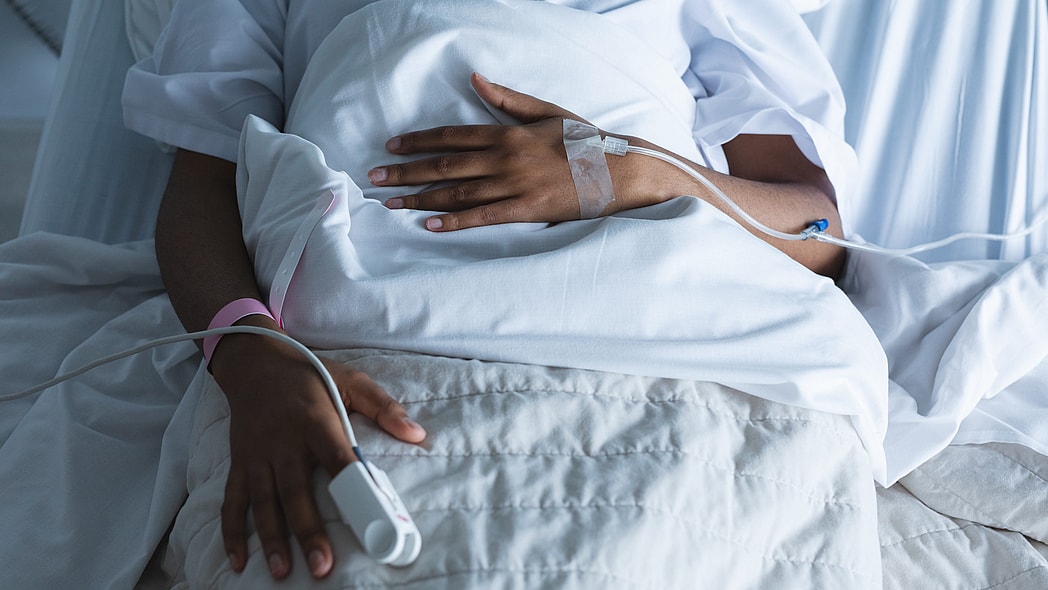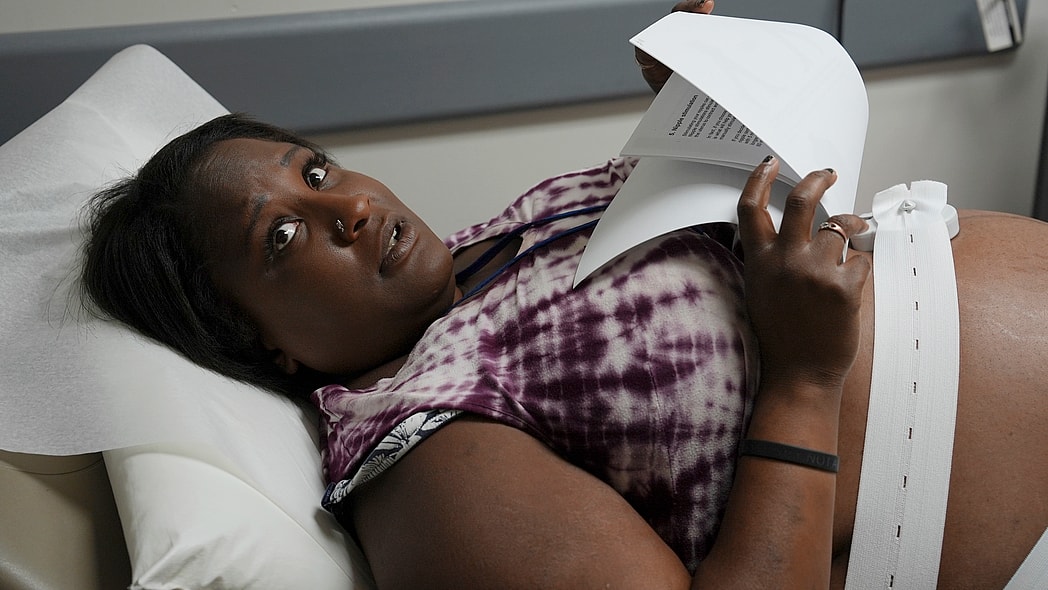Since Roe v. Wade, which federally protected pregnant people’s right to obtain an abortion in every state, was overturned in 2022, it appears the U.S. infant mortality rate is on the rise, especially for those born with congenital anomalies.
On Monday, a new study was released in JAMA Pediatrics that analyzed data on infant mortality from the Centers for Disease Control and Prevention (CDC) since 2018 compared to infant mortality rates 18 months after the Dobbs v. Jackson ruling that overturned Roe v. Wade.
Researchers found that after the ruling, overall infant mortality increased by 7% and increased by 10% for infants with disabilities. Furthermore, roughly 80% of those additional infant deaths could be attributed to congenital anomalies.
Congenital anomalies, which largely impact the heart or spine, can range in severity. While some babies manage to grow through whatever condition presents, some may only survive a matter of hours or days.
“This is the tip of the iceberg,” Dr. Parvati Singh, an assistant professor of epidemiology at The Ohio State University College of Public Health and lead author of the new study, told CNN.
She added, “Mortality is the ultimate outcome of any health condition. This is a very, very acute indicator. It could be representative of underlying morbidity and underlying hardship.”
Recommended Stories
Other experts warn that this new concerning trend is a direct result of the overturning of Roe v. Wade. According to the Center for Reproductive Rights, 13 states have since enacted bans, while 15 others introduced harsh restrictions.
“I’m not sure that people expected infant mortality rates to increase following Dobbs,” Dr. Maria Gallo, a professor of epidemiology and study co-author, said, later adding, “But when you restrict access to health care it can cause a broader impact on public health than can be foreseen.”
Dr. Ushma Upadhyay, an associate professor in the Department of Obstetrics, Gynecology, and Reproductive Science at the University of California, San Francisco, told CNN, “Whether the pregnancy was wanted or unwanted, we know that many of these are pregnancies that would have ended in abortion had people had access to those services.”
The complete aftermath of the overturning of Roe v. Wade has yet to be fully understood. However, reports of maternal deaths that could have been prevented under nationwide protections on abortions are also beginning to emerge.
Upadhyay, who was not involved in the study, added how some of the systemic barriers challenging many people’s access to quality healthcare could be becoming exasperated by these bans and restrictions.
She added, “People who face the most structural barriers in terms of poverty, lower levels of education, food insecurity, and other life stressors can’t access abortion care, and these factors also increase their risks of poor pregnancy and birth outcomes.”










